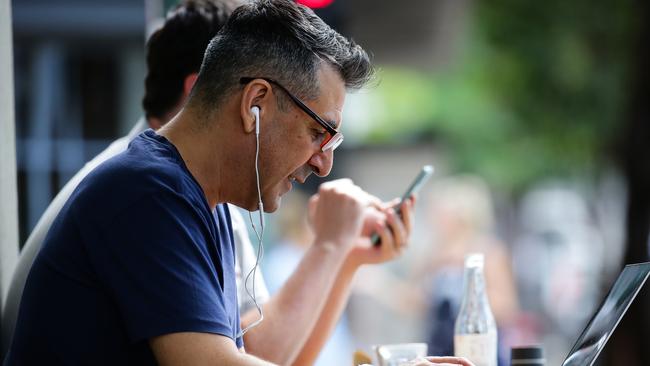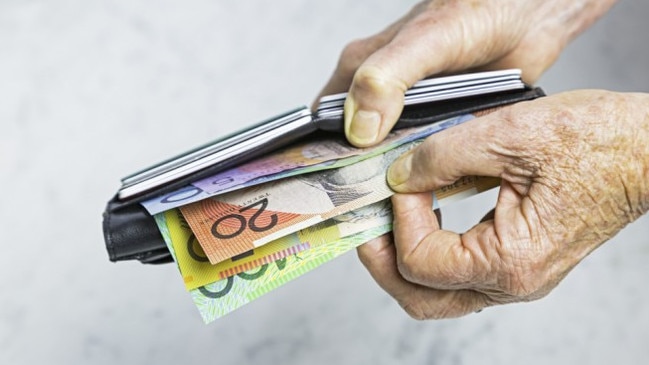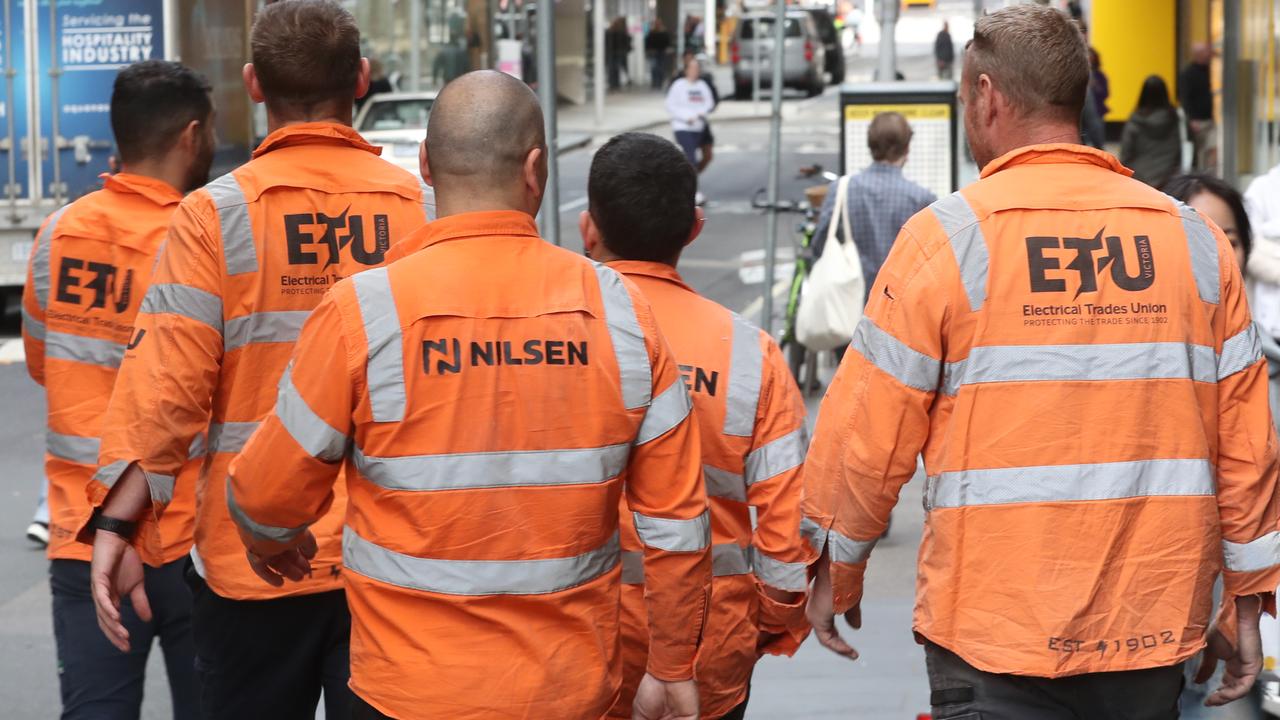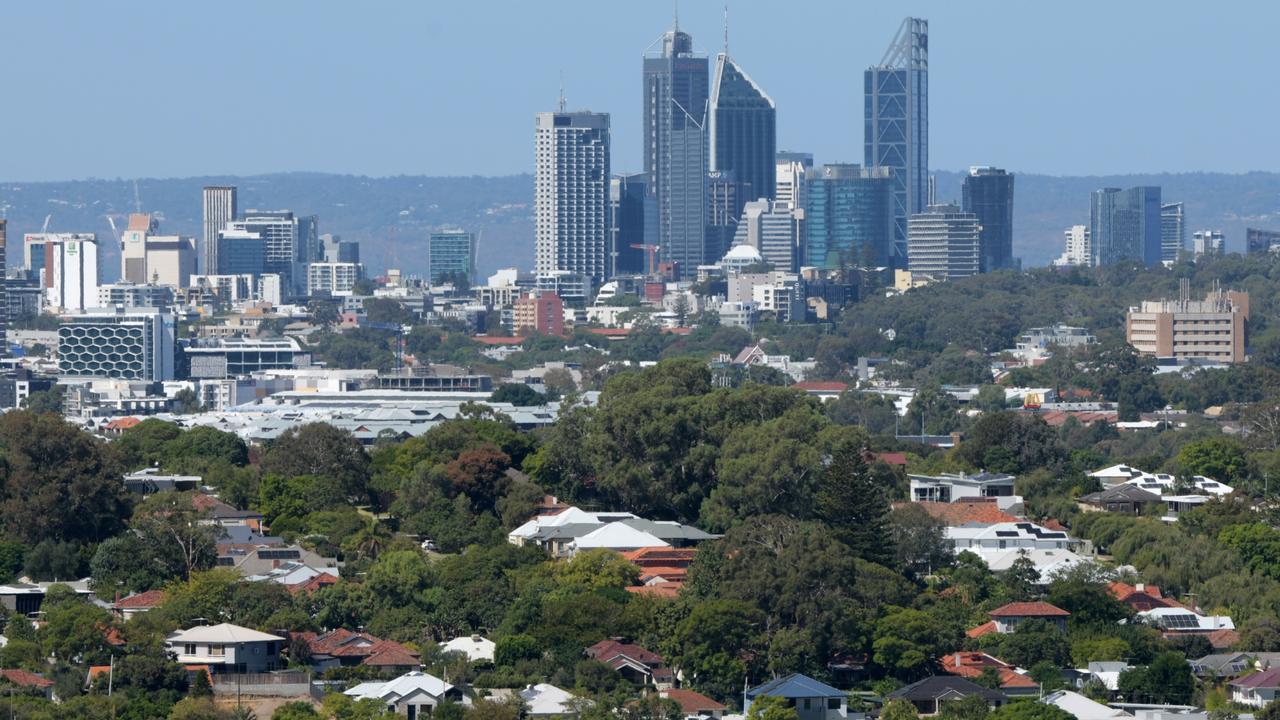Hidden international transaction fees that are costing Aussies
Australians shopping globally online are being charged a hidden fee, leading to calls for the Albanese government to extend its action on dodgy practices.
Costs
Don't miss out on the headlines from Costs. Followed categories will be added to My News.
Aussies are being slugged six to 10 times more than they should in hidden and often unnecessary international fees.
The Albanese government has announced a crackdown on what customers are paying, taking aim at ‘dodgy practices’ that are costing Aussies during the cost of living crisis.
But international payments business Wise said the scope of this crackdown should also include hidden international transaction costs for unsuspecting customers.
Wise’s APAC government relations lead Jack Pinczewski said in the US and Europe, there had been crackdowns on advertisements of “$0 dollar fees” offered where providers push the cost to the consumer.

“The federal government has not specifically said they will target this type of hidden fee, but they should,” Mr Pinczewski told NewsWire.
“Multiple arms of government and many community groups have urged the government to act on this pernicious hidden fee.”
Anthony Albanese on Wednesday announced plans to ban unfair trading practices under Australian consumer law, the latest consumer-focused competition and pricing changes proposed by the government and badged as cost-of-living relief.
“Hidden fees and traps are putting even more pressure on the cost of living and it needs to stop,” the Prime Minister said.
The government said “consumer protections shouldn’t stop on the internet” and they would support shoppers online or at bricks and mortar stores.
Mr Pinczewski said paying online for something in a foreign currency using your Australian bank card was a sure way to get stung by hidden fees.
“Hidden fees also arise when you go to send money overseas to a family member or friend,” he said.

“When sending money with the major banks, customers fall into a false sense of security when they see words like “fee free” or “zero commission”.
“The reality is that Australian banks still charge hidden fees.
“They bake a fee into the exchange rate they choose to use, and don’t make it clear to the customer that the exchange rate is disadvantageous.
International fees should be 10 times cheaper
Not only are Aussies paying for these hidden fees when shopping online internationally, the amount in foreign transaction fees are 6 to 10 times more than what the traditional banks offer.
This ‘fee’ is the “Foreign Exchange Markup,” which is the difference between the mid-market rate (what is shown on google) and the retail FX rate offered by the bank.
This ‘international transaction fee’ is not a fixed amount but is typically the FX margin between the mid-market rate and the retail rate charged by the bank.
Wise highlights these fees on all types of foreign transactions, including online shopping, travelling overseas or even sending money abroad.
Applying this mid-market rate, the cost should have been $57.87 but the bank has charged an additional $1.74 as a fee without letting the customer know,” Mr Pinczewski said.
“They were only made aware of the fact that there was a fee, and what the fee was, when they received their statement above.
“Critically, the transaction fee isn’t displayed before you make the payment or even after. It’s generally hidden in a separate line item on your bank statement.”
Originally published as Hidden international transaction fees that are costing Aussies




